How can you store onion sets before planting?
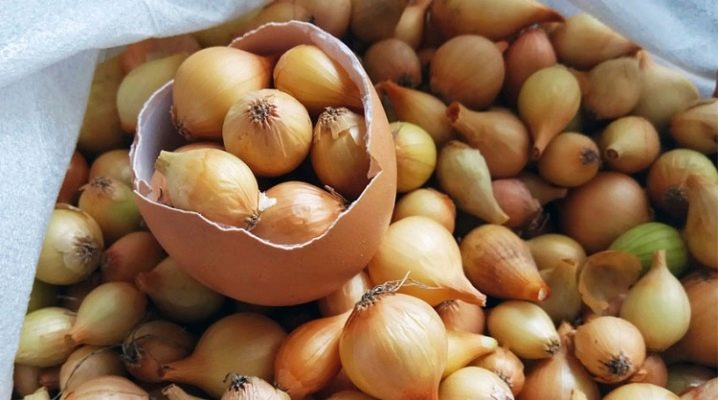
Onion sets, which after harvesting require long-term storage, do not always "survive" until the spring planting. All seed is rarely lost at once, but culling can be substantial. Of course, the dominant reason for this situation is improper storage.

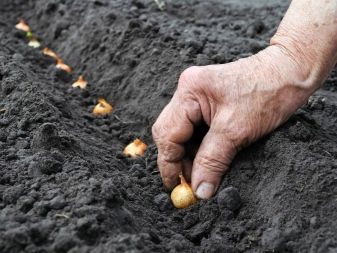
Preparation
The place where the sevok will be waiting in the wings should be well ventilated. The temperature there should be constant, without jumps, otherwise the onion will freeze or, on the contrary, overheat, and this already automatically deprives it of its prospects.
Consider what is necessarily included in the preparation of onion sets.
- Seed selection. It is not always taken from their harvest, they are often bought. When buying, you need to pay attention to the high density of the seed, to the natural shade of its husk. The surface should not be deformed, with pits and depressions.
- No unpleasant odor... If it is rot, then it is immediately perceptible. These are either diseases, or insufficient drying after digging, or transportation problems: there are many reasons for rot. One thing is clear: such a bow is no longer used.
- Competent selection is possible only with natural lighting. If there is not enough light, you can miss one rotten onion, which will infect many others in the near future.
- If the seed is grown on its own, after digging it out, you need to shake off all the soil, and then dry it... The roots must be absolutely dry, straightened out. There should be no new shoots on them.
- Dry onions in a room with normal humidity and good air circulation... Drying temperature should not exceed 32 degrees. And usually it takes a week to dry.
- If necessary, after drying the sets you can also warm it up at 40 degrees during the day.
In a word, if onions are bought, then after the purchase it will be too late to discover the shortcomings of the seed. Purchased onions are sent for storage as they were purchased.

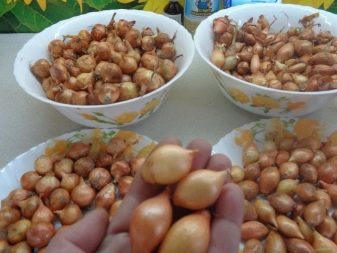
Required temperature
The most acceptable temperature can be considered + 20-25 degrees: under these conditions, the onion does not freeze, but it does not overheat either. It will be in good condition at the time of disembarkation. It is good if the humidity in the room is 50-75%... If the air is dry, the seeds will dry out, and an excess of moisture is fraught with rotting and spoilage of the seedlings.
Storage Methods Overview
There are several of them, but mainly cold and warm methods are distinguished. Each of them is convenient, and if used correctly, it is also completely safe.
Cold
Before using it, the onion must be warmed up for a week and a half at a temperature of +35 degrees. Such onions can then be stored in the refrigerator (if space permits) in the vegetable compartment. If the seed is small, and one compartment can be emptied, then this is the best option. But it is better if the set is stored in the basement. Provided that he is dry.
The approximate temperature for cold storage is from 0 to +4. You can also just send the onion into a bucket, where a layer of sawdust is previously poured. Sawdust is placed on top of the poured sevka with another layer. It turns out that the top and bottom sevok will be in a warm "fur coat". The container is by all means closed with a lid, sent to an earthen pit, which is 20 cm higher than the bucket in height.
Sprinkle the bucket in the pit with earth. And so it stands there in the cold until spring.
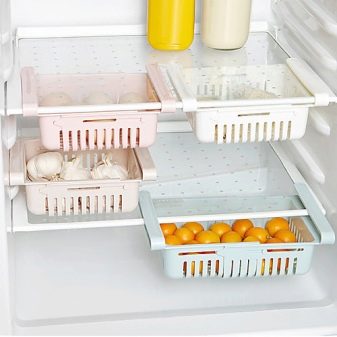
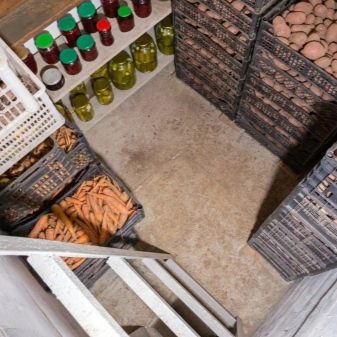
Warm
This is storage at home, at room temperature. But here humidity is even more important: the optimal indicator should be 50%. And very important eliminate any sudden drop in temperature. For those who do not live in an apartment, but in a private house, and have an underground, it is better to send the seed there. It is usually poured into shoe boxes and placed in this dark and dry place. If there is no subfloor, but there is a pantry (and they can be found in apartments), then onions can be stored there. The main thing is that the pantry is also dry and moderately cool.
Another permanent storage place for onions is under the bed. This is clever and ergonomic, because almost always this space is idle, it is not occupied by anything. And onions, which will be stored there before planting, will definitely not be in sight.
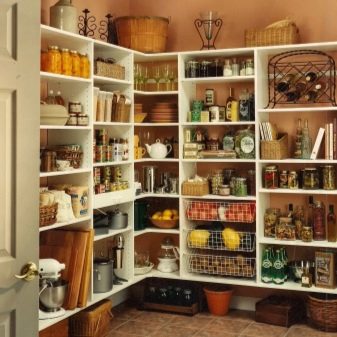
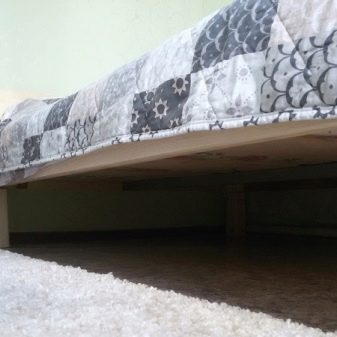
Combined
The method involves merging the two previous ones. The prepared and well-dried set is sent to any suitable warm place with room temperature, and there it is stored until the first frost. With the arrival of winter, the onion is sent to a new room or, if there is such an opportunity, it remains in its own, but the temperature in it will gradually decrease to zero. When spring comes, it is gradually raised again to +25. When this mark has already been reached, you need to lower it again by 5 degrees and keep it there until the onions are sown. Here are a few more nuances for proper onion storage.
- If you decide to keep the seed in the refrigerator, it is not just poured into the vegetable compartment.... It also needs to be wrapped in paper or even cardboard. In a word, into something natural and dense.
- Throughout the entire storage period, the sets should be periodically inspected, because among the seed there may be a rotten onion that will have to be discarded.
- Good drying of the onion will be evidenced by a rustling sound that occurs when a small onion is rolled across a table, for example.
- To prevent onions from sprouting, it is better to choose a cold storage method. It reduces the risk of germination to zero.
- In the basement, sevok is often kept in old stockings, and this "grandmother's" method is really convenient... Stockings are filled with onions and hung from the ceiling. If placed on the floor, rodents can attack the seed.
The main thing is to send selected, high-quality and well-dried material for storage. But if you buy a set by the beginning of spring (skipping the storage stage itself), there is a risk of buying low-quality bulbs. Because you cannot check if they were stored correctly.
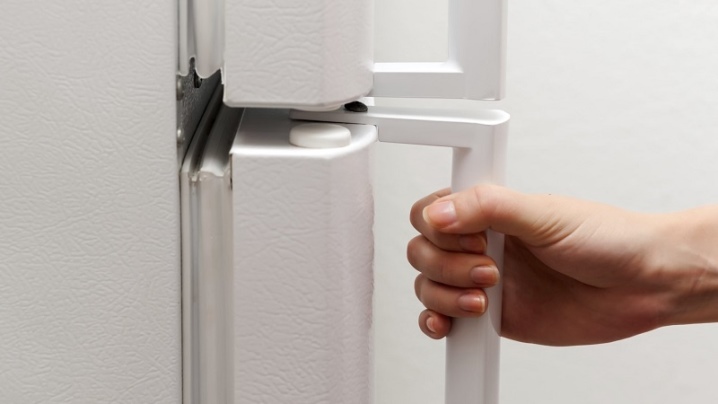
Timing
Everything is simple here: from the moment of harvest (summer) to the moment of disembarkation (spring). That is, the shelf life of the seed is one agricultural cycle. And the task of the gardener is to preserve the sowing in winter so that by the spring he is ready to go into the ground and give good shoots. In the event of decay of the sowing of the material, you can take more than is required for the surplus percentage to cover the losses. But it is better not to create such a situation at all, because all the material can fall from one rotted onion.
Much also depends on the variety: if it is early, then the set will not be able to withstand more than two months. But such onions are usually stocked up in spring, they are almost never kept at home.... White onion also belongs to the types of onions that are not stable to storage. It's the hardest thing to keep.

Possible problems
By the way, if the sevok began to deteriorate (rot), you can still save it. It is necessary to separate the deformed and rotten husk from it. If the lesion is severe, the entire skin should be removed. During the shelf life, the onion will still be covered with husks, and the set can be planted in the spring. But if rotting has affected almost all of the seed, the process of saving it becomes too labor-intensive: you don't need to do this, it's easier to find a new seed.
If there were problems with sevk in previous seasons, it is possible that the wrong variety was chosen. The safest in terms of storage is yellow spicy onions. To store onions was not a problem, you need to follow some recommendations:
- if the onion has become moldy, you can also remove the skin from it, try to save it, but the storage location must be changed;
- instead of boxes, it is better to use a basket, wicker or metal: it is well ventilated, there should be no mold on the set;
- if a plastic container is used, it must have holes for ventilation, otherwise the onion will "suffocate" and begin to rot (there are such special containers for onions on sale);
- it is impossible to store the seedlings in a layer higher than 15-20 cm, as this also leads to a lack of ventilation and subsequent rotting;
- if the onion is small, up to a centimeter in size, there is practically no chance to save it until spring (but it can be planted in late autumn to get a harvest of winter onion).
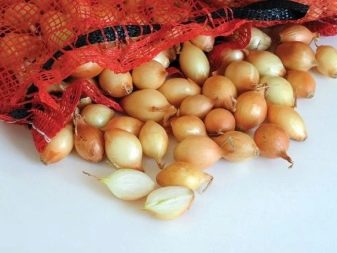
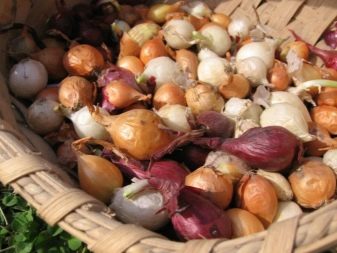













The comment was sent successfully.